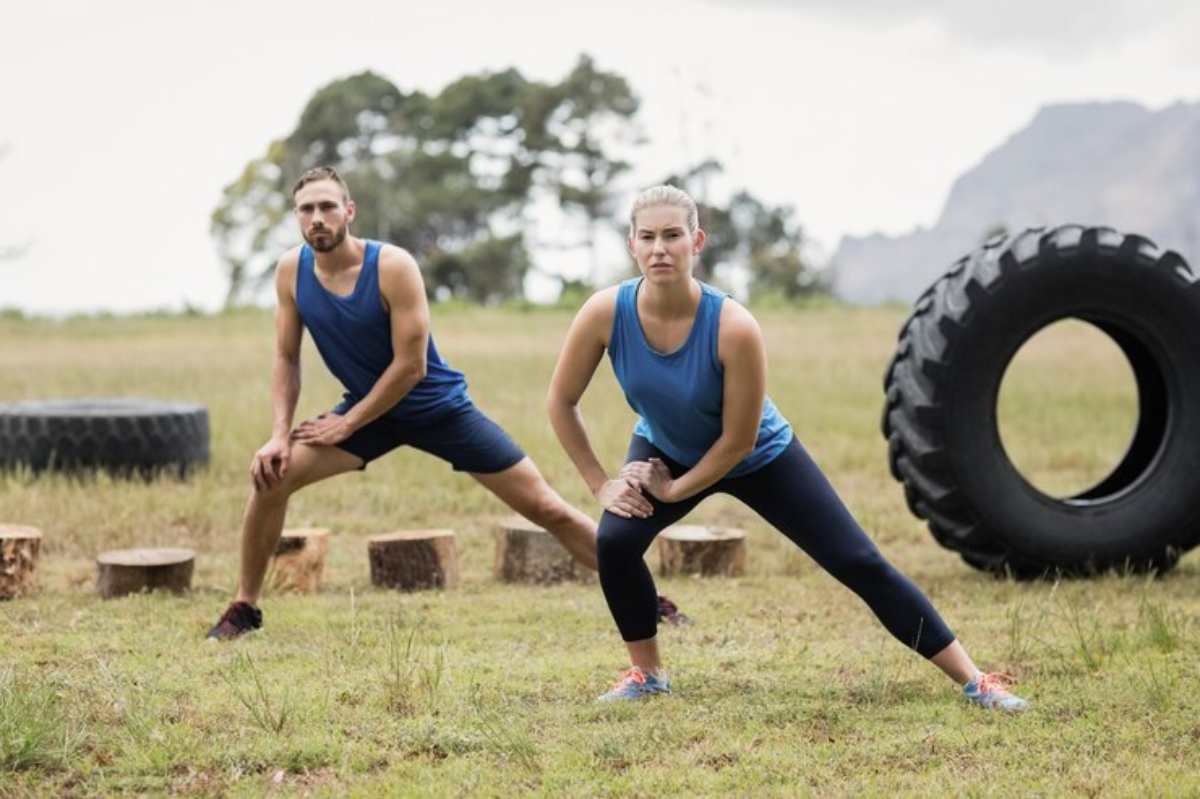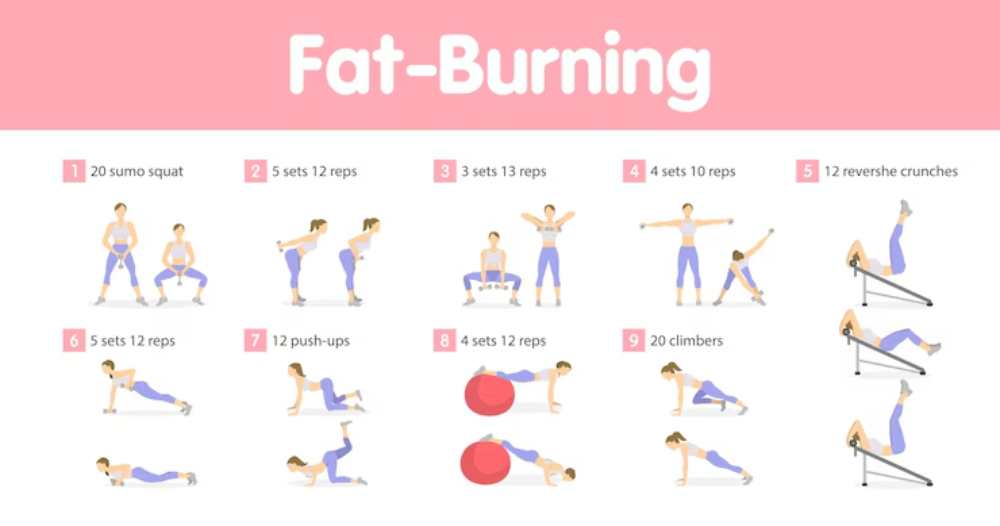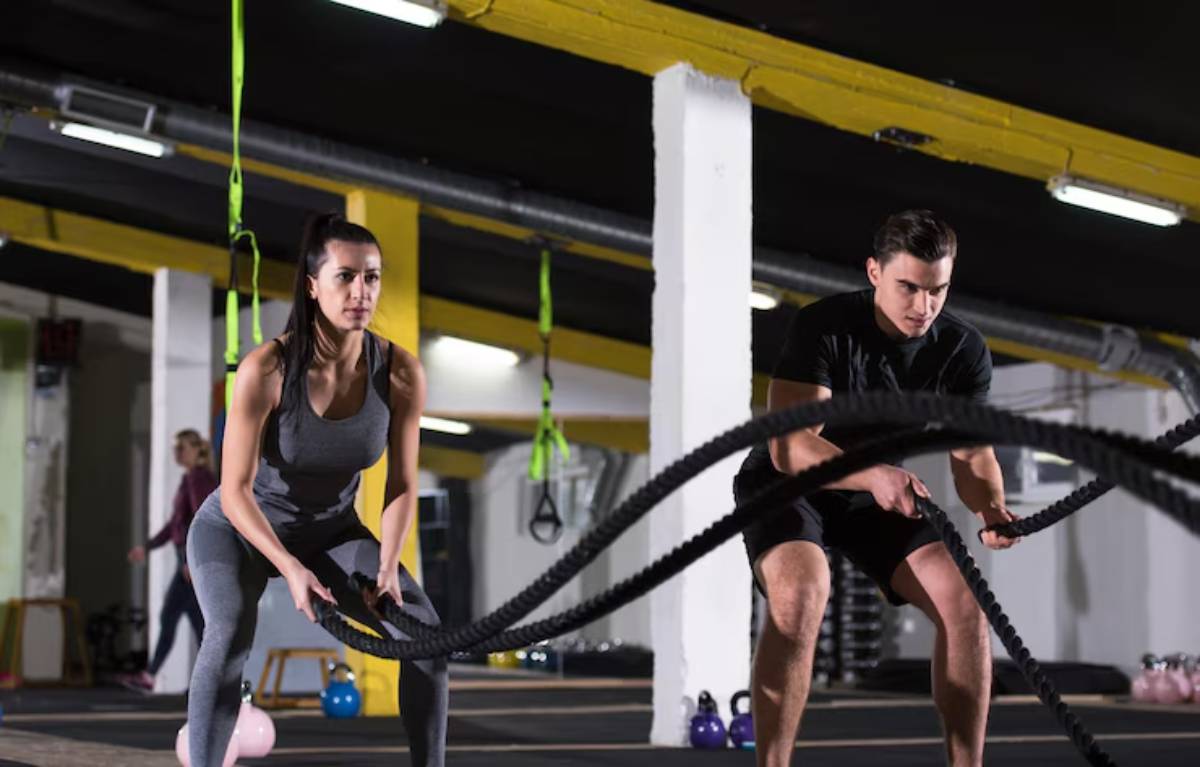
Tabata vs. Traditional HIIT: Which Burns More Fat?
In the realm of fitness, the hunt for fat-burning workouts never sleeps. High-Intensity Interval Training (HIIT) reigns supreme for its remarkable efficiency and effectiveness. Among its fierce competitors, Tabata emerges as the heavyweight champion of intensity. When the fight against stubborn pounds starts, which method wins: Tabata or traditional HIIT? This blog dives deep into the ring, examining each heavyweight’s fat-burning prowess. Join us as we unravel the mysteries and reveal the best option for your fitness journey.
Key Benefits
Understanding the dance between Tabata and traditional HIIT is essential for fat loss. Both flame the calorie furnace, but they waltz to different rhythms. Let’s unravel the threads of this comparison and dive into what each workout brings to the fitness floor.
The Science Behind Fat Loss

Fat loss is like a dance: burn more calories than you eat. Creating a calorie deficit is the name of the game. Exercise plays a starring role in this show. It ignites calorie burn during workouts and revs up your metabolism. This means you’re still torching calories, even while you lounge. Enter HIIT workouts, especially the electrifying Tabata. These intense sessions elevate your post-exercise oxygen consumption (EPOC). The “afterburn effect” keeps burning calories even after your workout.
Ignite your wellness engine with high-octane training! It turbocharges insulin sensitivity, priming your body for peak performance. This invigorating workout balances key hormones like cortisol and epinephrine. Such equilibrium fuels your journey to success. To top it off, it builds lean muscle mass, laying the groundwork for a powerful physique. Mix these elements, and you’ll unlock the key to fast fat metabolism!
Traditional HIIT: A Versatile Fat-Burning Strategy
Traditional HIIT alternates between high-intensity bursts and gentle recovery. A typical session lasts 15 to 45 minutes and promises a heart-pounding experience. Picture yourself sprinting, cycling, or jumping jacks alongside invigorating strength training. Each move ignites your fitness fire, seamlessly blending challenge with refreshment.
One of the shining stars of traditional HIIT is its adaptability. Whether you’re just starting or a fitness veteran, this format matches your needs. With longer workouts and diverse movement options, it keeps things fresh. Perfect for both cardio and strength training, HIIT does it all. Research reveals that it effectively slashes visceral fat. Plus, it elevates VO2 max and supercharges your metabolic health.
Tabata: The Intense Quick Burn

Tabata, Dr. Izumi Tabata’s brainchild, is your HIIT hero. Imagine this: 20 seconds of intense action, then 10 seconds of calm. This exhilarating cycle lasts just 4 minutes but packs a powerful punch. It may be short, but the fiery intensity ignites results. Expect to conquer challenges with burpees, squat jumps, mountain climbers, and push-ups galore!
Tabata is a whirlwind of intensity, delivering big gains in small doses. This powerhouse workout pushes your body to the max in minimal time. Utilising fast-twitch muscle fibres, it ignites calorie burning like fireworks. Tabata is perfect for busy people. It provides quick and effective workouts that fit easily into tight schedules.
Additional Expert Tips & Common Mistakes to Avoid
With smart strategies, unlock the full potential of Tabata and traditional HIIT. Embrace best practices to achieve stellar results while minimising injury risks. Here are expert tips and common snafus to watch out for.
Best Practices for Effective Workouts

- Warm Up Right: Kickstart your workout journey with a dynamic warm-up. Tabata and traditional HIIT are power-packed sessions that demand that your muscles and joints be primed. Spend 5 to 10 minutes warming up—think light cardio and lively stretches. This routine sparks blood flow and enhances your muscles’ elasticity, preparing you to conquer.
- Focus on Form: Form is the unsung hero of high-intensity workouts. Flawed form can spell disaster, leading to injuries and dampening your effort. Use a mirror or roll tape to evaluate your technique. Partnering with a trainer also ensures you’re on the right path, especially in your early days.
- Start Slow: Are you just diving into HIIT or Tabata? Ease in with shorter sessions. As your fitness blossoms, crank up the intensity and length. Aim for 1-2 sessions per week at first. Gradually build up to a robust 3-4 sessions as your body embraces the challenge.
- Hydration and Recovery: Quench your thirst before, during, and after hitting the gym. Post-workout, indulge yourself with stretches and perhaps a little foam rolling. This duo aids recovery and keeps post-exercise aches at bay, helping you bounce back stronger.
Common Mistakes to Avoid
- Overtraining: Due to their intensity, HIIT workouts can be easy to overdo. Overtraining can lead to burnout, decreased performance, and increased risk of injury. Space out your sessions and incorporate active recovery or low-intensity workouts in between.
- Ignoring Nutrition: Exercise alone isn’t enough for fat loss. A calorie-controlled, nutrient-dense diet is essential. Get enough protein for muscle recovery. Also, think about tracking your macros to stay on target.
- Skipping Rest Intervals: Rest intervals are just as important as the high-intensity phases. Skipping them can lead to fatigue and reduce workout effectiveness. Respect the interval structure to allow sufficient recovery and maintain workout quality.
Advanced Insights
Expert tips and industry views can help us better understand how Tabata and traditional HIIT burn fat.
Customising Your Workout
- Change Intensity Levels: You can change the difficulty of Tabata and HIIT workouts to match your fitness level. Beginners can start with bodyweight exercises. Advanced individuals might add weights or plyometric moves.
- Mix It Up: To avoid plateaus and stay motivated, mix different exercises in your HIIT sessions. Try cardio, like jump rope and sprints. Include bodyweight exercises, such as planks and push-ups. Add resistance training using kettlebells and dumbbells.
- Track Performance Metrics: Use fitness trackers or mobile apps to monitor heart rate, calories burned, and progress over time. This data can help refine your approach and ensure continuous improvement.
Industry Perspectives
Research shows that both Tabata and traditional HIIT help with fat loss. However, choosing one depends on personal preference, goals, and how much time you have.
A 2013 study from the Journal of Sports Science & Medicine found that a 4-minute Tabata session burns more calories per minute than those doing longer, moderate-intensity workouts. Other studies say traditional HIIT might lead to more fat loss over time. This happens because workouts last longer and burn more energy overall.
Experts agree that sustainability is key. The best workout is the one you can commit to consistently. If you enjoy short, intense sessions, Tabata might be ideal. If you prefer variety and longer workouts, traditional HIIT may be better suited for you.
Conclusion: Which Burns More Fat?
Both Tabata and traditional HIIT have merits in the battle of fat loss. Tabata gives you a quick, intense workout that can lead to great results in less time. Traditional HIIT offers flexibility. It can be adapted to fit different fitness levels and goals.
Ultimately, the best choice depends on your preferences, fitness level, and lifestyle. Whichever method you choose, consistency is key. Combine your workouts with proper nutrition, rest, and hydration to maximise results.
If you want to start burning fat, add one or both methods to your routine. Experiment with formats to find what motivates you most. Remember to focus on proper form, nutrition, and recovery to maximise your results.


